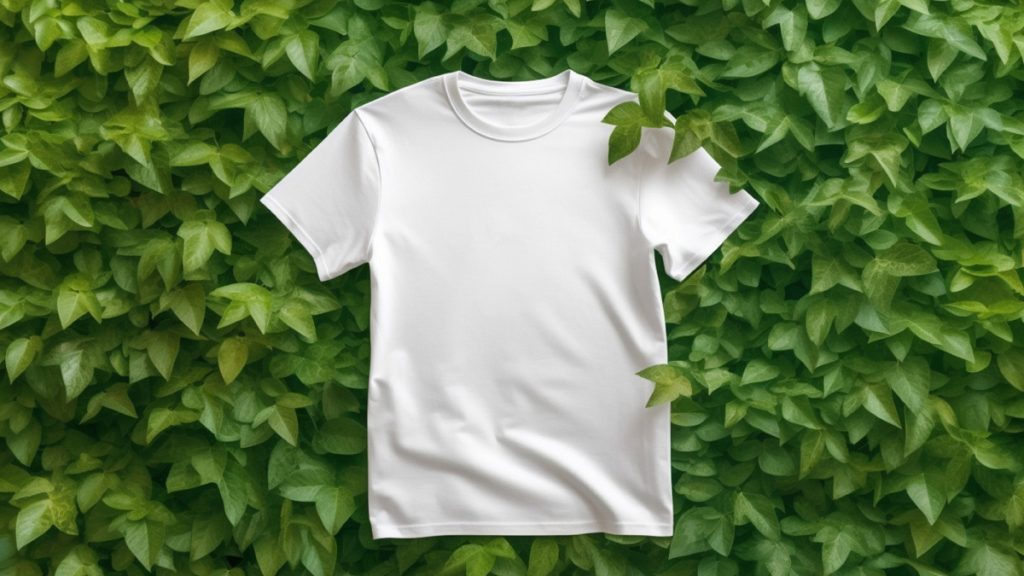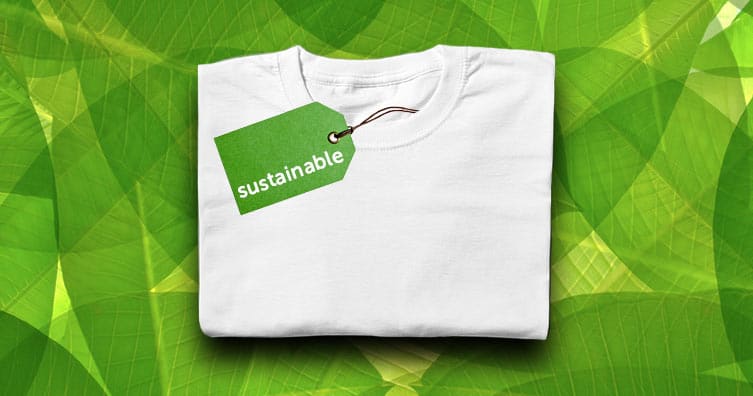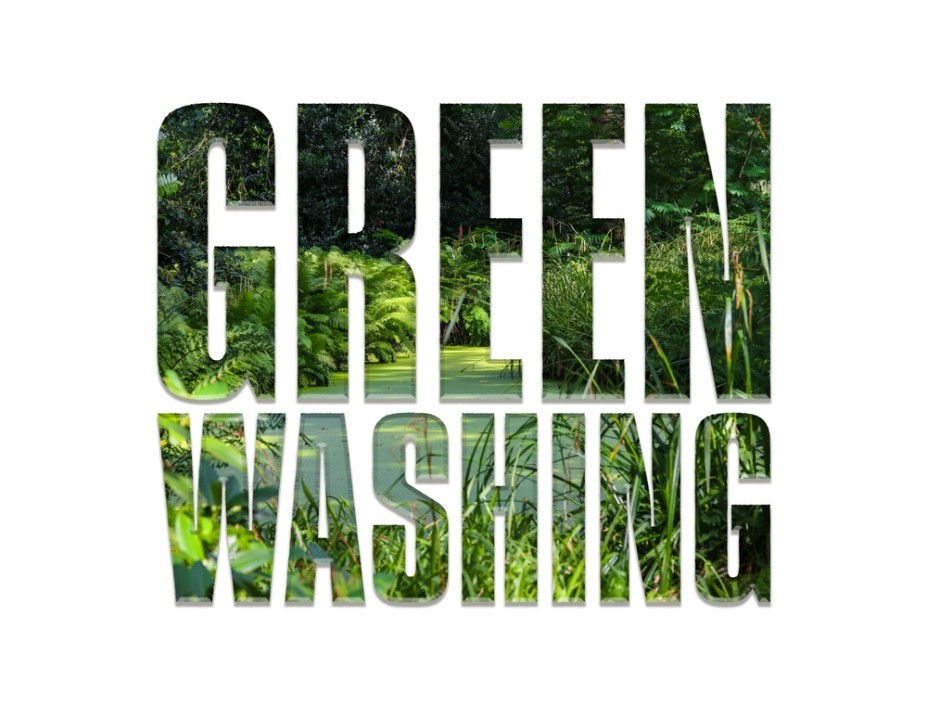Greenwashing has become one of the biggest challenges in the sustainable fashion industry. Brands often claim to be “eco-friendly” and “sustainable,” but their practices tell a different story. For those of us who want to shop consciously, sifting through misleading claims is frustrating and exhausting. Here’s an in-depth look at how greenwashing impacts sustainable fashion and makes it tough to find truly responsible brands.
What Is Greenwashing, and Why Should You Care?
Greenwashing is when companies promote themselves as eco-friendly without genuinely committing to sustainable practices. It’s more than just misleading labels—it’s a strategy brands use to appeal to conscious shoppers while cutting corners. They might use buzzwords like “organic,” “recycled,” or “green” without any real proof or impact behind them. So, why should you care? Because greenwashing wastes your time, money, and trust.
When you’re hunting for sustainable fashion, you want to make choices that reflect your values. Greenwashing turns this effort into a guessing game, forcing you to dig deep to verify if a brand’s practices align with its claims. It’s like a fashion minefield—you have to navigate around countless brands hoping you’ll believe their half-hearted efforts are enough. Greenwashing can make you feel like you’re constantly second-guessing your purchases, which defeats the whole purpose of conscious shopping.
For brands that are genuinely sustainable, greenwashing presents another issue. It cheapens the work of companies that have invested time, resources, and energy into ethical sourcing, fair labor practices, and low-impact production. When brands with questionable practices profit by imitating sustainability, it dilutes the impact of genuine efforts and makes it harder for shoppers to identify real changemakers in the industry. In a world where sustainability is more than just a trend, knowing what’s real is essential.

The Impact of Greenwashing on Conscious Shoppers
For those of us who care deeply about sustainability, greenwashing is incredibly disheartening. Imagine researching a brand, finding products that look perfect, only to discover later that the brand’s sustainability claims are superficial at best. Greenwashing makes you feel duped, and it creates a sense of distrust between consumers and brands.
This distrust grows over time, making it hard for any brand—sustainable or not—to gain genuine loyalty from conscious shoppers. When every other brand is shouting about “eco-friendly” collections or “carbon-neutral” practices without substantial evidence, it’s easy to feel cynical about all of them. Greenwashing pushes people away from even attempting to shop sustainably because it’s exhausting to verify claims.
For genuine brands, this issue creates yet another hurdle. Even if a brand is honest, it has to go the extra mile to build credibility and prove its practices. Brands that do invest in transparency and sustainability often have to educate their customers about what true eco-friendliness looks like, adding a layer of effort to their business model that other brands might ignore. Ultimately, greenwashing makes the journey to sustainable shopping harder than it needs to be.
How to Spot Greenwashing in Fashion Brands
The good news? There are ways to spot greenwashing if you know what to look for. For starters, look beyond a brand’s buzzwords and see if they provide actual data or certifications. A genuinely sustainable brand won’t just say, “we’re green”—they’ll show you how. This could mean certifications like GOTS (Global Organic Textile Standard) or B-Corp status, which require brands to meet strict environmental and social standards.
Another red flag? Vague language. If a brand is using words like “eco-friendly” or “sustainable” without specifics, chances are they’re hiding something. Real sustainability is all about transparency. Ethical brands will openly discuss where their materials come from, how they’re sourced, and the impact of their production process. For example, if a company claims to use “recycled materials,” they should explain how much of the product is recycled, where the materials come from, and what kind of recycling process they use.
Take time to explore the brand’s website, and look for a detailed sustainability section. Genuine sustainable brands often have comprehensive pages explaining their practices, suppliers, and goals for reducing impact. You might also find that true sustainable brands share reports or updates about their environmental and social initiatives. All of these details are clear indicators that a brand is serious about its mission.
Why Genuine Sustainable Fashion Is Worth the Effort
When it comes to sustainable fashion, genuine brands are worth every bit of extra effort. Although it can feel overwhelming to research each brand and filter through claims, investing in authentic, eco-friendly pieces makes a huge difference. Not only does it help you make ethical choices, but it also supports brands working hard to change the industry.
The great thing about genuinely sustainable brands is that their products are often designed to last, both in style and quality. They prioritize materials that reduce harm to the planet, and they don’t sacrifice ethics for profit. While the initial cost of these items might be higher, they’re likely to serve you for years, reducing the need for frequent replacements.
Additionally, buying from trustworthy brands helps reinforce the importance of sustainability within the industry. As more people support brands with genuine practices, it sends a message to the market that greenwashing won’t cut it. Your choices as a shopper encourage the industry to improve, making it more transparent, ethical, and truly sustainable over time. Sustainable fashion should be a movement, not a trend—and every thoughtful purchase brings us closer to that goal.

